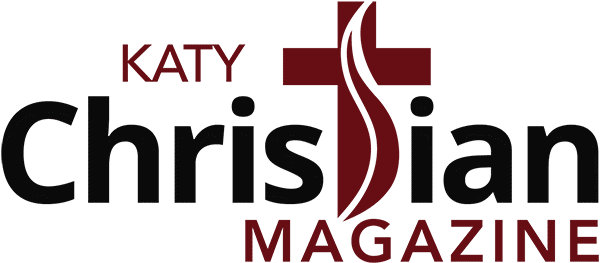Even as the ancient manuscript heads to a museum in Israel, a small Texas non-profit’s work had revealed hidden text and created an index of the Sassoon Codex.
The 1,100-year-old Sassoon Codex – a privately-owned codex of the Hebrew Bible – was sold on May 17, 2023 at Sotheby’s for US$38,100,000, and remains the earliest-surviving manuscript in private hands to have originally contained all 24 books of the Hebrew Bible with vowels and accents.
“The Sassoon Codex is immensely important,” Dr. Nehemia Gordon explains. Dr. Gordon is executive director of the Institute for Hebrew Bible Manuscript Research (Bedford, Texas), a small non-profit that has made the Sassoon Codex more accessible to all. “It is one of six key manuscripts of the Hebrew Bible or Old Testament identified by scholars as the basis for reconstructing the ‘Masoretic Text,’ the received text of the Hebrew Bible,” says Dr. Gordon. “If you want to know what is in the original Hebrew text of the Bible, as preserved by the Jewish People, this is one of the main manuscripts you have to consult.”
Dr. Gordon played a key role in uncovering hidden text in the Sassoon Codex; in 2019, he had joined Professor Yosef Ofer (Bar-Ilan University) and Dr. Neria Klein for four days in Geneva, Switzerland studying the Sassoon Codex – the first scholars to physically examine the codex since it was purchased by the current owner, Jaqui E. Safra in 1989
Near-Infrared, UV, Microscopic Magnification Used to Examine Hidden Text in the Manuscript
Dr. Gordon used special techniques to recover lost text – not visible to the naked eye – including a 50x microscope to examine codex details under visible, near-infrared, and ultraviolet light.
Dr. Gordon’s Institute for Hebrew Bible Manuscript Research also created the first, easy-to-navigate high-resolution photo index by Bible verse of the nearly 800-page Sassoon manuscript, providing scholars and laypersons with a simple way to research one of the most significant religious texts in the world.
When comparing the Aleppo Codex and Sassoon Codex, the Aleppo Codex is considered by scholars to be the most accurate surviving manuscript of the Hebrew Bible. Written around 925 A.D. in Tiberias by the master scribe Aaron Ben Asher, the Aleppo Codex was considered the definitive version of the Hebrew Bible for over 1,000 years.
Scribes used the Aleppo Codex to precisely reproduce every letter, dot, and dash of the Hebrew text and to proofread their manuscripts. Unfortunately, about one-third of the Aleppo Codex – including most of the Torah (the Five Books of Moses) – is now missing, making comparisons with other manuscripts critical to filling out the missing portions.
The five other codices which scholars rely on in addition to the Aleppo Codex are the Sassoon Codex, the British Library Or. 4445, the Leningrad Codex, the Cairo Codex of the Prophets, and the Damascus Crown.
“What makes these five codices so important are their dates and their similarity to the Aleppo Codex,” says Dr. Gordon.

Some scholars believe that the Sassoon Codex is in fact based directly on the Aleppo Codex, pointing to a medieval letter in the Cairo Genizah that refers to “the brother of the Crown.” The Crown is what Jews in this period called the Aleppo Codex.
On page 112 of the Sassoon Codex, a proofreading note exists, added by a scribe, “We found (this list of specially spelled words) in the work of the great teacher Aaron Ben Asher in his notes in the codex known as the Crown (the Aleppo Codex).”
“The proofreading note shows that one of the scribes of the Sassoon Codex used the Aleppo Codex to proofread his text,” Dr. Gordon explains. “Hence, the Sassoon Codex in its present form could not be earlier than the Aleppo Codex dated to around 925 A.D.”
Dr. Nehemia Gordon has carried out near-infrared microscope examinations of four of the six key manuscripts of the Hebrew Bible including the Aleppo Codex, the Leningrad Codex, the Sassoon Codex, and the Damascus Crown. His research employs micro x-ray fluorescence, an advanced technique for identifying the elemental “fingerprint” of inks on numerous manuscripts including the Bologna Scroll (the oldest, complete surviving Torah scroll) and the Codex Vaticanus, considered to be the most important Greek manuscript of the New Testament.
The Sassoon Codex is the only one of the six key manuscripts of the Hebrew Bible that is in private rather than institutional hands and has now been sold to a new owner.



